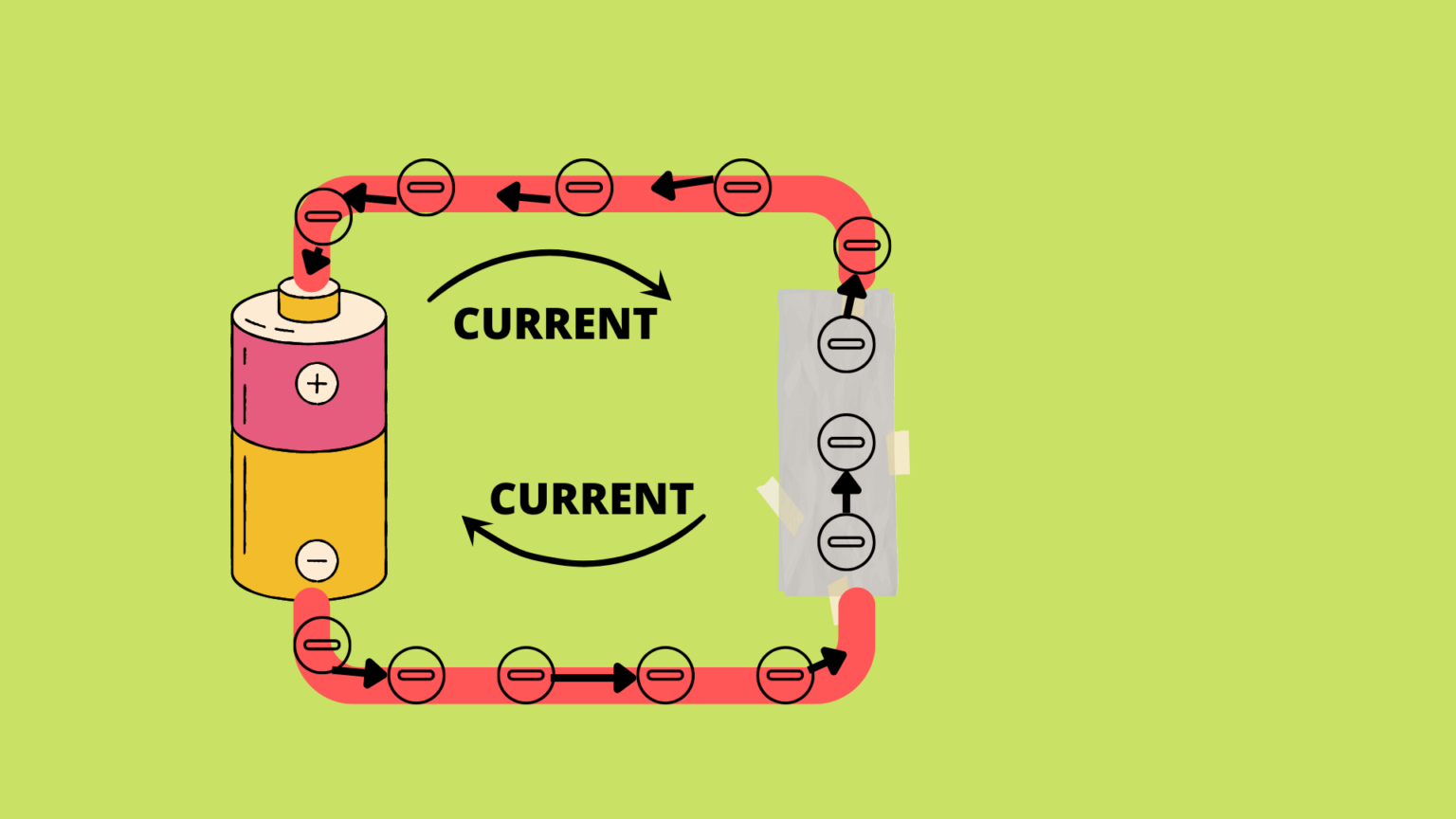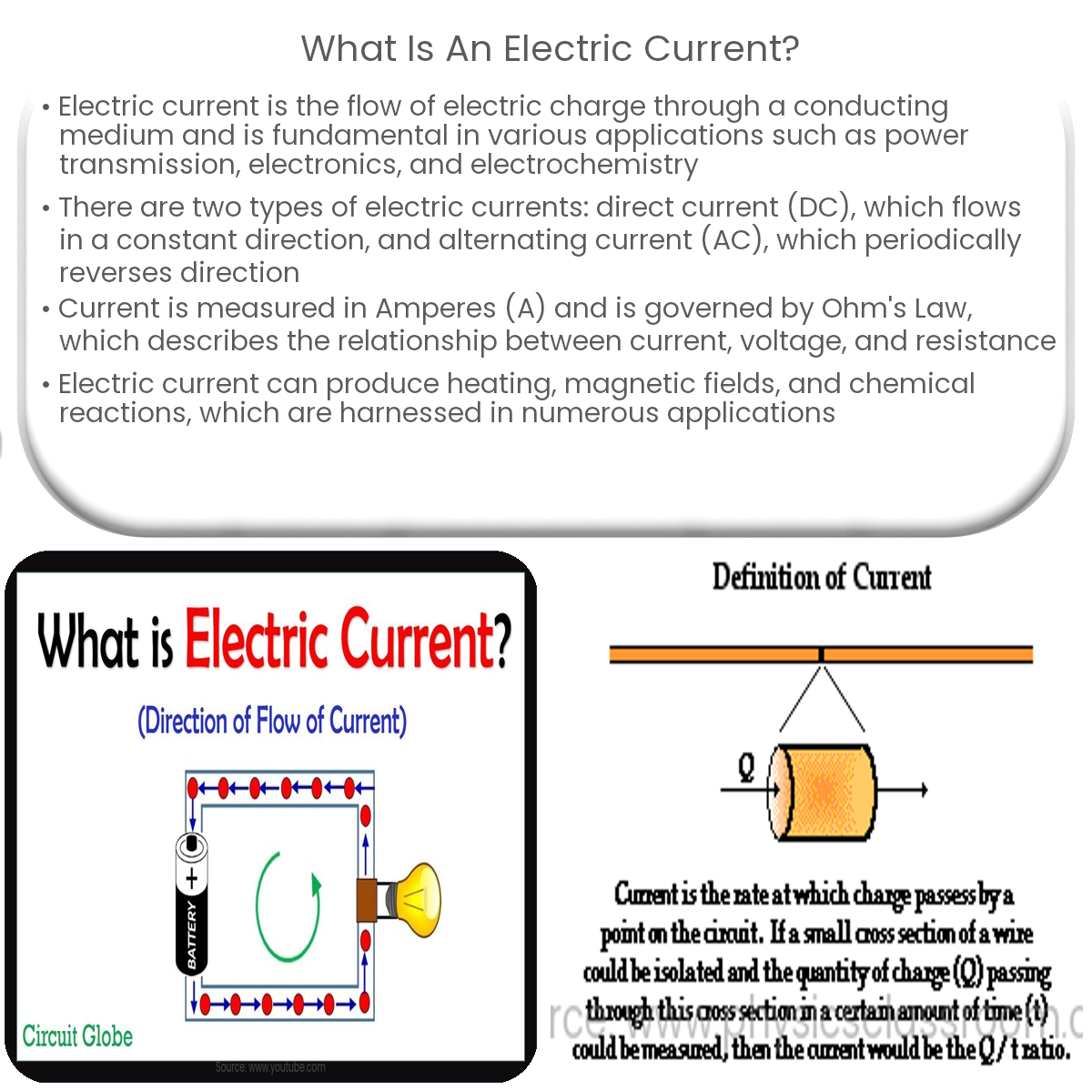Navigating The Tides: Current US-Iran Relations Explained
The relationship between the United States and Iran is a labyrinth of historical grievances, geopolitical competition, and intermittent diplomatic overtures, making the study of current US-Iran relations essential for understanding global stability. Once allies on the world stage, their bond fractured dramatically, leading to a highly volatile dynamic that continues to shape the Middle East and beyond. From the echoes of a hostage crisis to being named part of the "axis of evil," the trajectory of this relationship has been anything but straightforward, marked by periods of intense confrontation and fleeting moments of cautious engagement.
Understanding the intricate dance between Washington and Tehran requires delving into decades of mistrust, the unraveling of landmark agreements, and the constant maneuvering for regional influence. This article will dissect the complex layers of their interactions, exploring the historical backdrop, the impact of the nuclear deal's collapse, Iran's evolving regional role, and the recent flashpoints that keep the world on edge. We will also examine the delicate efforts at dialogue and the persistent challenges that define this critical geopolitical dynamic, providing a comprehensive overview for anyone seeking to grasp the nuances of this enduring rivalry.
Table of Contents
- A Legacy of Distrust: The Historical Chasm
- The Nuclear Deal's Rise and Fall: JCPOA's Impact
- Iran's Regional Ambitions and Global Alliances
- Escalating Tensions: Recent Flashpoints
- Diplomatic Maneuvers and Prisoner Exchanges
- The Nuclear Program: A Persistent Challenge
- Navigating the Future: Implications for US-Iran Relations
- Conclusion
A Legacy of Distrust: The Historical Chasm
The relationship between the United States and Iran is a complex one, deeply rooted in a dramatic shift from a strategic alliance to profound animosity. For decades prior to 1979, the two nations maintained close ties, with the U.S. supporting the Shah's regime as a bulwark against Soviet influence in the region. However, this partnership came to an abrupt and violent end with the Iranian Revolution. As a result of the Iranian takeover of the American Embassy on November 4, 1979, the United States and Iran severed diplomatic relations in April 1980. This pivotal event marked the beginning of an enduring chasm, fundamentally altering the geopolitical landscape of the Middle East. Since that date, the United States and the Islamic Republic of Iran have had no formal diplomatic relationship. This absence of direct communication channels has often complicated crisis management and fostered an environment of suspicion and misunderstanding. In the absence of formal ties, a "protecting power" (currently Switzerland) provides limited consular services, acting as an intermediary for citizens of each country within the other's borders. This arrangement, while functional for basic consular needs, underscores the profound lack of trust and direct engagement that defines current US-Iran relations. The historical baggage of the revolution, the hostage crisis, and subsequent confrontations continue to cast a long shadow, making any attempts at rapprochement fraught with challenges and deeply ingrained skepticism on both sides.The Nuclear Deal's Rise and Fall: JCPOA's Impact
Nearly 10 years ago, the United States and other world powers reached a landmark nuclear agreement with Iran, known as the Joint Comprehensive Plan of Action (JCPOA). Signed in 2015, this deal was designed to peacefully end Iran’s nuclear program, or at least severely restrict it, in exchange for sanctions relief. There was a significant hope that Iran relations would improve as a result of this agreement, paving the way for greater stability in the Middle East and a new chapter in the complex U.S.-Iran dynamic. For a brief period, the agreement seemed to offer a pathway to de-escalation and potential cooperation on regional issues. However, this optimism proved to be short-lived. Diplomatic relations between the U.S. and Iran have deteriorated significantly since the U.S. pulled out of the nuclear deal in 2018. President Donald Trump, fulfilling a campaign promise, unilaterally withdrew from the 2015 Iran nuclear deal, arguing it was fundamentally flawed and did not adequately address Iran's broader destabilizing activities in the region. This decision led to the complete crumbling of the JCPOA's intended positive impact on relations. The immediate consequence was the reimposition of stringent sanctions that Trump had lifted. These sanctions on trade with Iran forced governments and companies from Europe to Asia to end their economic engagement with Tehran, with a particularly severe impact on Iran's oil exports and financial system. The U.S. withdrawal and the subsequent "maximum pressure" campaign deeply entrenched the existing mistrust, pushing the two nations further apart and exacerbating the already tense current US-Iran relations.Iran's Regional Ambitions and Global Alliances
For decades, Iran has vexed the international community with its unique blend of revolutionary ideology and assertive foreign policy. Since it introduced Islam as a form of governance in 1979, the Islamic Republic has consistently challenged established international norms, often through its support for militant groups abroad and its pursuit of strategic objectives that clash with Western interests. This has been a central component of its regional strategy, aiming to project power and influence across the Middle East. At the heart of its regional posture, the Islamic Republic has long opposed Israel and actively sought to expel U.S. forces from the Middle East. This opposition is not merely rhetorical; Iran's nuclear program, for instance, is often seen as being at the heart of its conflict with Israel, given the existential threat perception in Jerusalem. Tehran’s network of proxies, including Hezbollah in Lebanon, various Shiite militias in Iraq and Syria, and the Houthis in Yemen, serves as a crucial tool for extending its reach and exerting pressure on its adversaries without direct military confrontation. Furthermore, Iran has strategically deepened ties with other U.S. adversaries, including China, Russia, and North Korea. These relationships provide Tehran with diplomatic backing, economic lifelines, and, in some cases, military technology, allowing it to circumvent international isolation and bolster its capabilities. This complex web of alliances and regional interventions significantly complicates the dynamics of current US-Iran relations, as Washington views Tehran's actions as a direct threat to regional stability and U.S. interests.Escalating Tensions: Recent Flashpoints
The current trajectory of US and Iran relations is leading to possible further escalation, marked by a series of high-stakes incidents and retaliatory actions. The Middle East remains a volatile region, and recent events have underscored the fragility of the peace. One significant flashpoint occurred when two oil tankers in the Gulf of Oman were attacked. The U.S. quickly blamed Iran for the incident, with then-U.S. Secretary of State Mike Pompeo saying the assessment was based on intelligence. While the full details and conclusive evidence were debated, the accusation itself significantly ratcheted up tensions, bringing the two nations closer to direct confrontation. More recently, the region witnessed a dangerous exchange as Israel and Iran traded strikes. This direct, albeit often covert, conflict between two long-standing adversaries further complicated the already delicate balance. Following these strikes, European foreign ministers urged Iran to resume negotiations with the United States, recognizing the urgent need for de-escalation and diplomatic engagement. However, the path to dialogue remains fraught with obstacles, as deeply entrenched mistrust and conflicting demands continue to impede progress, making the current US-Iran relations a constant source of global concern.The Elusive Path to Dialogue
Despite international calls for de-escalation, the prospect of direct negotiations between the U.S. and Iran remains elusive. Iran’s top diplomat, in a firm stance, said there was “no room for talking” until Israel ceased its actions. This precondition highlights Iran's deep-seated grievances and its linkage of regional security issues to any potential dialogue with Washington. Even before any formal talks could commence, there was a dispute over just how the negotiations would go, with disagreements on format, participants, and agenda. A significant hurdle to trust emerged when Iran expressed uncertainty if it could trust the U.S. in diplomatic talks after Israel launched an aerial attack days before scheduled negotiations with U.S. officials. Foreign Minister Abbas Araghchi reportedly conveyed this sentiment, underscoring how regional events and perceived U.S. complicity or inaction can directly undermine diplomatic efforts. This pervasive lack of trust, exacerbated by past U.S. policy shifts like the withdrawal from the JCPOA, makes any attempt at genuine dialogue incredibly challenging. For current US-Iran relations to move forward, addressing this fundamental trust deficit will be paramount.Diplomatic Maneuvers and Prisoner Exchanges
Despite the prevailing animosity and the absence of formal diplomatic ties, there have been instances of indirect engagement and humanitarian gestures that offer glimpses of potential pathways for communication. The indirect talks between the United States and Iran in Oman, for example, have achieved their foremost objective in certain limited contexts. While not leading to a comprehensive breakthrough in the broader relationship, these back-channel discussions have sometimes facilitated specific agreements, often related to humanitarian concerns. A notable example of such limited but impactful cooperation is the recent prisoner exchange agreement. Under this arrangement, the United States and Iran were to free five detainees each, a significant humanitarian step. This agreement also involved the transfer of $6 billion of unfrozen Iranian assets from South Korea to accounts in Qatar, designated for humanitarian purposes. Leaders from the United States and Iran, following these exchanges, painted a positive but cautious picture of talks between the nations over Iran’s nuclear program Saturday, after the third phase of the discussions. While these exchanges do not signify a fundamental shift in current US-Iran relations, they demonstrate that, even amidst deep-seated mistrust, there are specific areas where pragmatic engagement can yield results, offering a faint beacon of hope for future de-escalation.The Nuclear Program: A Persistent Challenge
The specter of Iran's nuclear program continues to be one of the most significant and intractable challenges in current US-Iran relations. Despite the collapse of the JCPOA, the issue remains at the forefront of international concerns. In his second term in office, President Donald Trump faced a Middle East undergoing multifaceted upheaval and an Islamic Republic of Iran currently in its weakest and most isolated position since the founding of the regime in 1979. Yet, far from permanently subdued, Tehran continues to move closer to building a nuclear weapon, steadily increasing its enriched uranium stockpiles and advancing its centrifuge technology beyond the limits set by the original agreement. Alongside its nuclear ambitions, Iran is also trying to preserve its regional network of proxies and non-state actors, which it views as essential for its security and influence. This dual pursuit – nuclear capability and regional projection – creates a complex challenge for the international community. While the United States declined to participate in some of the subsequent multilateral efforts, Iran and the EU3 (France, Germany, and the UK) agreed to hold talks in Geneva, seeking a possible solution to the nuclear impasse over Iran’s nuclear program. These new negotiations, though often stalled or inconclusive, represent ongoing diplomatic attempts to rein in Iran's nuclear activities. For some, these efforts offered the incoming Trump administration a golden opportunity to resolve the dispute over Iran’s nuclear program and perhaps improve relations throughout the Middle East, though this opportunity was largely missed or rejected. The persistent advancement of Iran's nuclear capabilities remains a critical point of contention and a primary driver of the ongoing tension in current US-Iran relations.Navigating the Future: Implications for US-Iran Relations
The current trajectory of US and Iran relations is leading to possible further instability and the potential for new rounds of sanctions or even direct confrontation. The absence of formal diplomatic relations since April 1980, following the Iranian takeover of the American Embassy, means that communication channels are limited and often indirect, increasing the risk of miscalculation. The initial hope that Iran relations would improve as a result of the 2015 signing of the Joint Comprehensive Plan of Action (JCPOA) has completely crumbled, leaving a vacuum filled with mistrust and heightened tensions. This volatile situation has significant implications not only for the two nations but for the entire global community, particularly given the Middle East's strategic importance and its role in global energy markets. The State Department has now provided information and support to over 25,000 people seeking guidance regarding the security situation in Israel, the West Bank, and Iran, according to available data. This indicates the tangible impact of the strained relationship on ordinary citizens and the need for governments to provide advice in an unpredictable environment. The complexity of the relationship, which has evolved from allies to adversaries, through a highly volatile hostage crisis, and to being named part of the "axis of evil," underscores the deep historical roots of the current challenges. Understanding these multifaceted layers is crucial for anticipating future developments and navigating the potential risks and opportunities in this critical geopolitical arena.Security Concerns and Consular Support
The ongoing tensions and the lack of formal diplomatic ties between the United States and Iran create significant security concerns for American citizens in the region. The State Department's efforts to provide information and support to over 25,000 people seeking guidance regarding the security situation in Israel, the West Bank, and Iran highlight the very real risks involved. This includes travel advisories, warnings about arbitrary detentions, and the complexities of navigating consular issues without a direct diplomatic presence. For individuals with ties to the region, or those considering travel, understanding the nuances of current US-Iran relations is not merely an academic exercise but a practical necessity for personal safety and well-being. The limited consular services provided by a protecting power, while helpful, cannot fully substitute for direct diplomatic representation in times of crisis or for complex legal matters.The Broader Geopolitical Landscape
The state of current US-Iran relations reverberates far beyond their immediate borders, shaping the broader geopolitical landscape. Iran's deepening ties with other U.S. adversaries, including China, Russia, and North Korea, introduce a multilateral dimension to the rivalry, transforming it from a bilateral issue into a component of a larger global power struggle. The Middle East, already a region of multifaceted upheaval, becomes even more volatile with this persistent friction. Energy markets, global trade routes, and international security frameworks are all susceptible to the ripple effects of any escalation or de-escalation between Washington and Tehran. The ongoing proxy conflicts, the nuclear program's trajectory, and the economic sanctions all contribute to an environment where regional stability is constantly under threat, impacting everything from oil prices to humanitarian crises.Prospects for De-escalation
Despite the formidable challenges, the possibility of de-escalation in current US-Iran relations, while slim, is not entirely absent. The indirect talks in Oman and the prisoner exchange agreement demonstrate that channels for limited, pragmatic engagement can exist even in the absence of formal diplomacy. Future prospects for improvement would likely hinge on a renewed commitment to diplomacy, potentially involving multilateral frameworks similar to the original JCPOA, but with broader scope. However, any path forward would require addressing the deep-seated mistrust, Iran's regional actions, and its nuclear advancements. Both sides would need to find a way to manage their core security concerns without resorting to military confrontation or further economic strangulation. The international community, particularly European powers, will continue to play a crucial role in urging dialogue and facilitating any potential breakthroughs, recognizing that a stable resolution to this complex relationship is vital for global peace and security.Conclusion
The relationship between the United States and Iran stands as one of the most enduring and complex geopolitical challenges of our time. From the dramatic severance of diplomatic ties in 1980 to the current climate of mutual suspicion and indirect confrontation, the trajectory of current US-Iran relations has been marked by a profound lack of trust and a series of escalating flashpoints. The collapse of the landmark nuclear deal, coupled with Iran's persistent regional ambitions and nuclear advancements, has left both nations navigating a dangerous path with limited direct communication. While humanitarian gestures like prisoner exchanges offer a rare glimpse of pragmatic cooperation, the fundamental issues remain unresolved. The future of this relationship will undoubtedly continue to shape the stability of the Middle East and influence global power dynamics. Understanding these intricate layers is not just for policy experts; it's crucial for anyone seeking to comprehend the forces shaping our world. What are your thoughts on the most effective way to de-escalate tensions between the U.S. and Iran? Share your perspectives in the comments below, and explore our other articles for more in-depth analyses of critical global issues.- How Tall Is Tyreek Hill
- Meredith Hagner S And Tv Shows
- Daisy From Dukes Of Hazzard Now
- Isanyoneup
- Tyreek Hill Height And Weight

Current Electricity-Definition, Types, And Uses

CBSE Class 10 Physics Magnetic Effects of Electric Current Important

What is an electric current? – Electricity – Magnetism